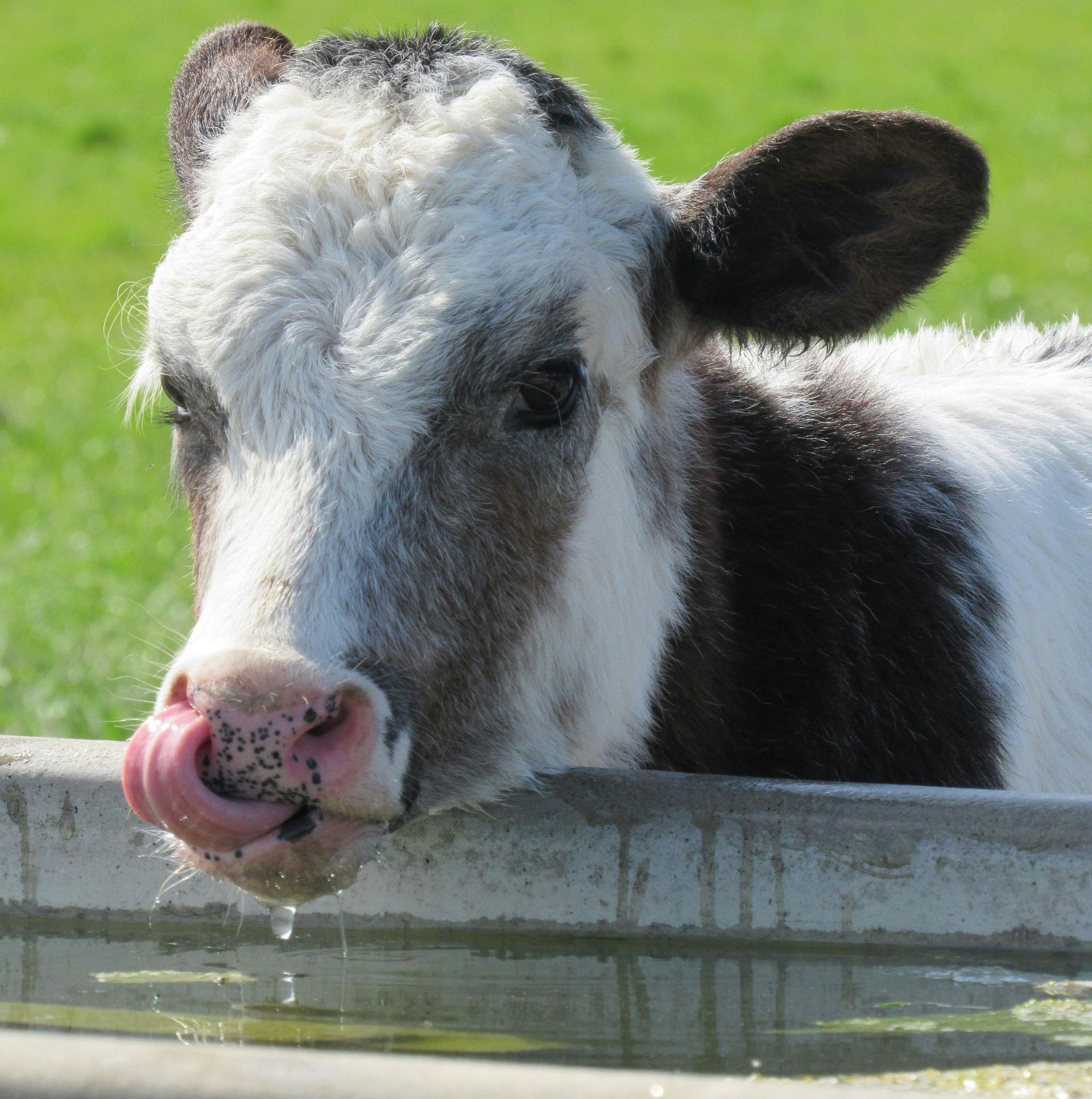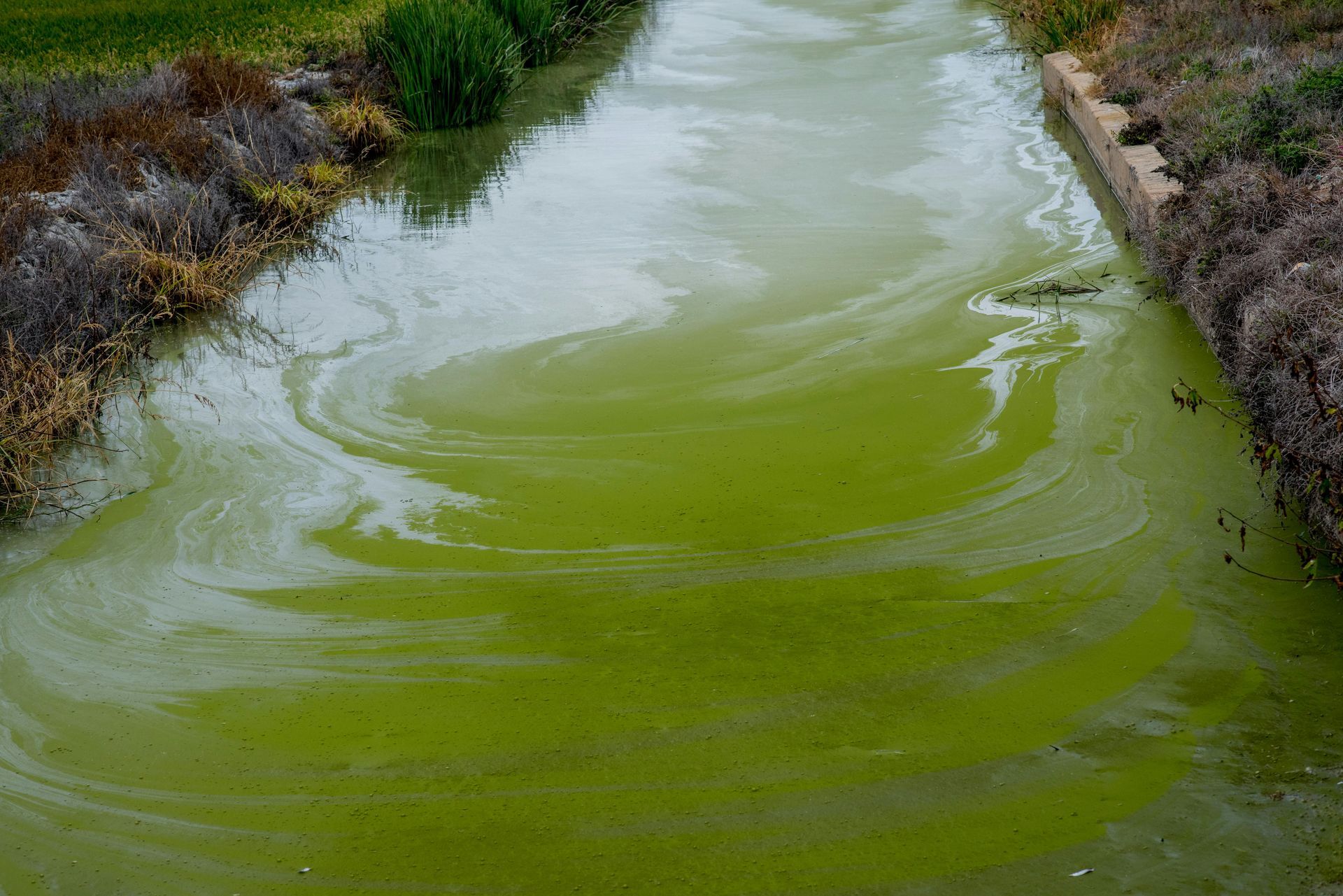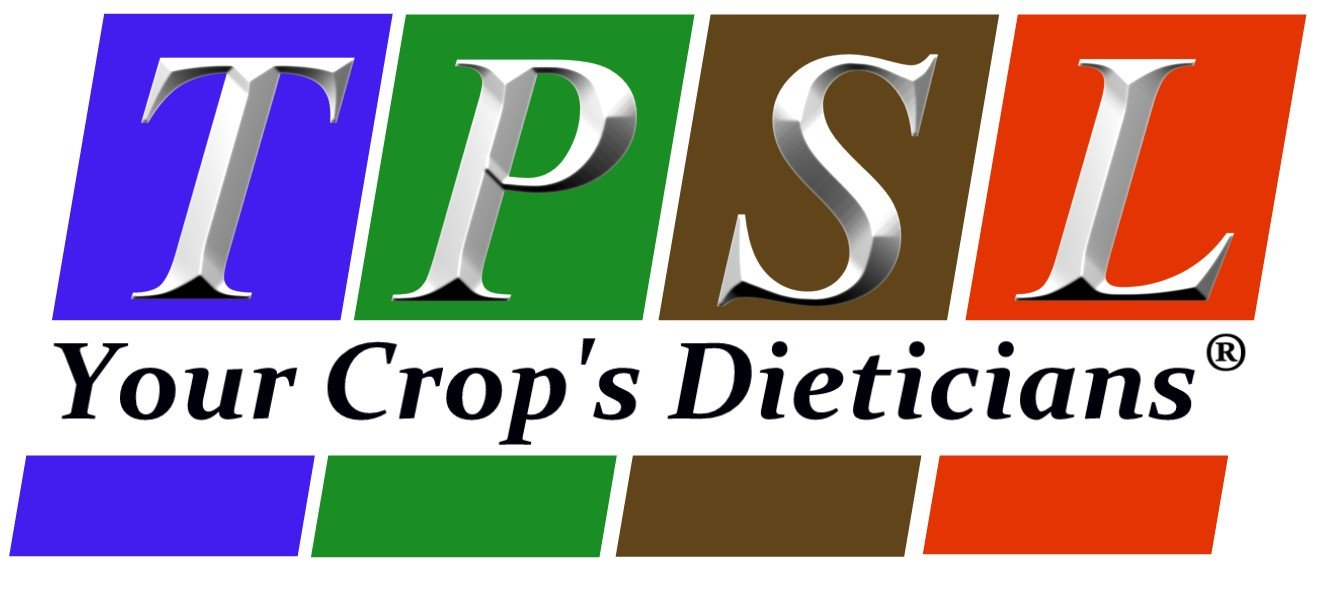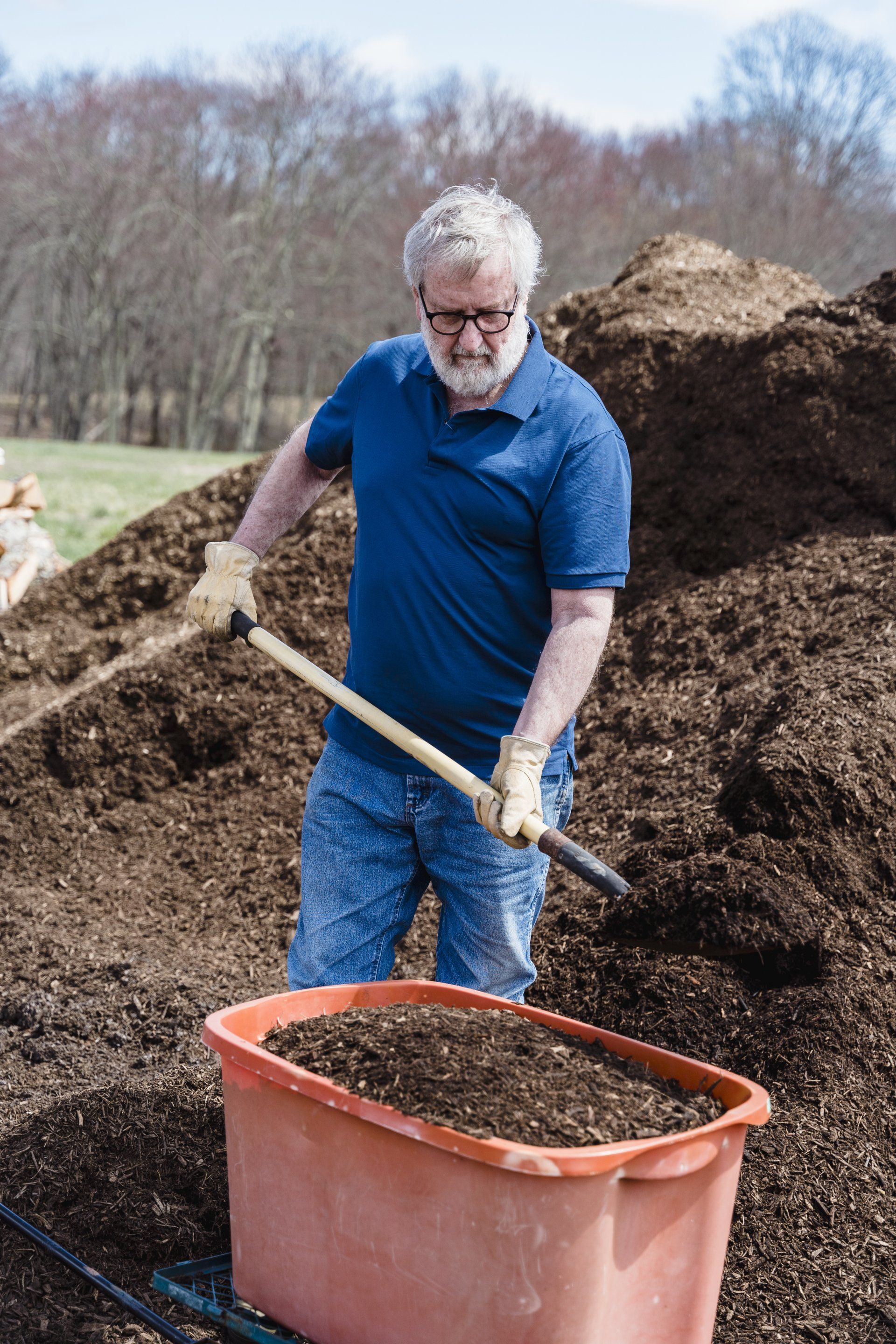Understanding Water Quality for Livestock
Essential Insights for Healthy Herds

Water quality plays a crucial role in livestock health, productivity, and overall well-being. While water is often the most overlooked nutrient in livestock management, its quality can significantly impact animal performance. In this article, we'll explore the critical aspects of water quality for livestock, common issues that affect water sources, and actionable steps you can take to ensure your herd has access to safe, clean water.
Why Water Quality Matters for Livestock
Water is essential for nearly every physiological process in livestock. From regulating body temperature and aiding digestion to facilitating nutrient absorption, water’s importance cannot be overstated. Poor water quality can lead to:
- Reduced feed intake and weight gain: Contaminants or unpalatable water can discourage livestock from drinking.
- Health issues: Contaminated water can introduce harmful pathogens, toxins, or excessive minerals, causing diseases or chronic health problems.
- Lower productivity: Animals that consume poor-quality water may have reduced milk production, growth rates, or reproductive success.
Key Parameters of Water Quality
Several factors determine water quality for livestock. These include:
- Total Dissolved Solids (TDS):
- TDS measures the concentration of dissolved salts and minerals in water.
- Levels below 1,000 mg/L are generally considered safe for most livestock.
- Higher levels may lead to health issues, especially in young or pregnant animals.
- pH Levels:
- Optimal pH for livestock water ranges from 6.0 to 8.5.
- Water outside this range can cause digestive issues or reduce water intake.
- Microbial Contamination:
- Bacteria, viruses, and parasites can contaminate water through fecal matter or decaying organic material.
- Pathogens like E. coli and Salmonella can cause serious illnesses.
- Nitrate Levels:
- Nitrates often enter water sources through fertilizer runoff or decaying plant material.
- Levels above 100 mg/L nitrate-nitrogen can be toxic, especially for young livestock.
- Sulfur Content:
- Elevated sulfur levels (>250 mg/L) can cause diarrhea and interfere with copper absorption, leading to deficiencies.
- Hardness and Mineral Content:
- High levels of calcium, magnesium, or iron can affect palatability and cause scaling in water delivery systems.

Common Sources of Water Contamination
Understanding how water becomes contaminated helps livestock managers take preventive measures. Some common sources include:
- Agricultural runoff: Fertilizers, pesticides, and manure can leach into water sources.
- Stagnant water: Ponds or troughs can harbor algae, bacteria, and parasites.
- Natural mineral deposits: Groundwater in certain regions may naturally contain high levels of minerals like arsenic, fluoride, or salt.
- Industrial pollution: Nearby factories or mining operations can release harmful chemicals into the environment.
Testing and Monitoring Water Quality
Regular water testing is essential to ensure your livestock has access to safe water. A comprehensive water test should include:
- TDS and pH levels
- Microbial analysis for coliform bacteria and other pathogens
- Mineral analysis for nitrates, sulfates, and heavy metals
Testing frequency depends on your water source. For wells or municipal supplies, annual testing may suffice, while surface water like ponds or streams may require more frequent checks, especially during dry spells or after heavy rains.
Addressing Water Quality Issues
When water quality issues arise, proactive steps are essential to mitigate risks:
- Filtration and Treatment:
- Use filters to remove sediments and suspended solids.
- Consider reverse osmosis systems for high TDS or excessive minerals.
- UV treatment or chlorination can address microbial contamination.
- Aeration:
- Aerating water reduces sulfur odors and improves palatability.
- Alternative Water Sources:
- If natural sources are unreliable, consider drilling a well or using rainwater harvesting systems.
- Water Trough Maintenance:
- Clean troughs regularly to prevent algae and bacterial growth.
- Ensure troughs are positioned to minimize contamination from manure or feed.
Best Practices for Livestock Hydration
To promote optimal water consumption and health, implement these best practices:
- Provide adequate access: Ensure all animals have easy access to water, with enough space to prevent competition.
- Monitor water intake: Keep an eye on daily consumption rates, which vary by species, size, and environmental conditions.
- Protect water sources: Fencing off natural water sources can prevent contamination from livestock or wildlife.
- Adapt to seasonal needs: Hot weather increases water requirements, so ensure additional supply during summer months.
Species-Specific Considerations
Different livestock species have varying water quality and quantity needs:
- Cattle: High-producing dairy cows need up to 25 gallons of water per day. They are particularly sensitive to high TDS levels.
- Sheep and Goats: These animals can tolerate slightly higher TDS levels than cattle but are highly susceptible to nitrate toxicity.
- Poultry: Chickens and turkeys are sensitive to microbial contamination and require frequent cleaning of water systems.
- Swine: Pigs prefer cooler water and are prone to health issues if water contains high sulfate or nitrate levels.

Conclusion: Investing in Water Quality for Healthier Herds
Ensuring clean, safe water for livestock is not just about compliance with standards—it’s an investment in the health and productivity of your animals. By understanding key water quality parameters, regularly testing and monitoring your water sources, and addressing issues proactively, you can create an environment where your livestock thrives.
Remember, water is the foundation of good livestock management. Clean water leads to healthier animals, better productivity, and a more profitable operation. Don’t overlook this vital resource—because the health of your herd depends on it.



